How To Use Technical Analysis For Effective Trading With Tether (USDT)
Title: Mastering Technical Analysis for Efficient Cryptocurrency Trading with Tether (USDT)
Introduction
The world of cryptocurrency trading is increasingly popular, with millions of traders worldwide. As the market continues to evolve, so do our strategies for navigating it. In this article, we will focus on using technical analysis for effective trading with Tether (USDT), a widely used and liquid stablecoin. We’ll delve into the fundamentals of technical analysis, its applications in cryptocurrency markets, and provide actionable tips for traders.
What is Technical Analysis?
Technical analysis is a method of analyzing financial data and market trends by examining charts, patterns, and trends. It’s based on mathematical models that help investors identify potential buy and sell signals. Unlike fundamental analysis, which focuses on an asset’s intrinsic value, technical analysis looks at its behavior and patterns.
Key Concepts in Technical Analysis
Before we dive into the world of cryptocurrency trading, let’s cover some essential concepts:
- Chart Patterns: Lines, curves, and shapes that emerge from price movements, indicating potential buying or selling opportunities.
- Indicators

: Mathematical tools used to measure and analyze chart patterns, such as Moving Averages (MA), Relative Strength Index (RSI), and Bollinger Bands.
- Trend Analysis: The study of market direction and momentum, which can help traders identify profitable trading opportunities.
Using Technical Analysis with Tether (USDT)
Tether is a stablecoin pegged to the US dollar, making it an attractive choice for cryptocurrency traders. Here’s how technical analysis comes into play:
- Identifying Trends: Use charts to analyze the trend direction of your chosen cryptocurrencies. Look for signs of strength and weakness in price movements.
- Chart Patterns: Study chart patterns that emerge from price trends. For example, a rising trend might indicate an uptrend, while a downtrend suggests a decline.
- Indicators: Apply indicators like Moving Averages (MA) or Relative Strength Index (RSI) to gauge the strength of your trade and potential reversal points.
- Support and Resistance Levels: Identify key support and resistance levels based on historical data and price movements.
Tether’s Chart Patterns
Tether’s chart patterns are similar to those used in traditional financial markets:
- Trend Reversals: Tether’s charts display a wide range of trend reversals, from short-term uptrends to long-term downtrends.
- Support and Resistance Zones: Key levels of support and resistance are identified based on historical data, making it easier to predict price movements.
Example: Chart Pattern with Tether (USDT)
Let’s examine an example using the CoinMarketCap cryptocurrency chart for Tether. Here, we see a rising trend pattern with increasing support and resistance zones:
- Trend Reversal: The price is now entering a new uptrend, indicated by the rising red candle.
- Support Levels: Key levels of support are identified based on historical data and price movements: $2.50 and $3.00.
- Resistance Zone: The resistance zone at $4.00 marks an important level to watch for potential reversals.
Tips for Effective Trading with Tether (USDT)
To become proficient in using technical analysis for trading with Tether, follow these actionable tips:
- Stay Up-to-Date: Continuously update your knowledge on chart patterns, indicators, and market trends.
- Use Historical Data: Analyze historical data to identify key support and resistance levels, trend reversals, and other important information.
- Focus on Patterns: Identify recurring patterns in the market, which can help you make more accurate predictions.
4.
technical valuation cryptocurrency

Deja una respuesta